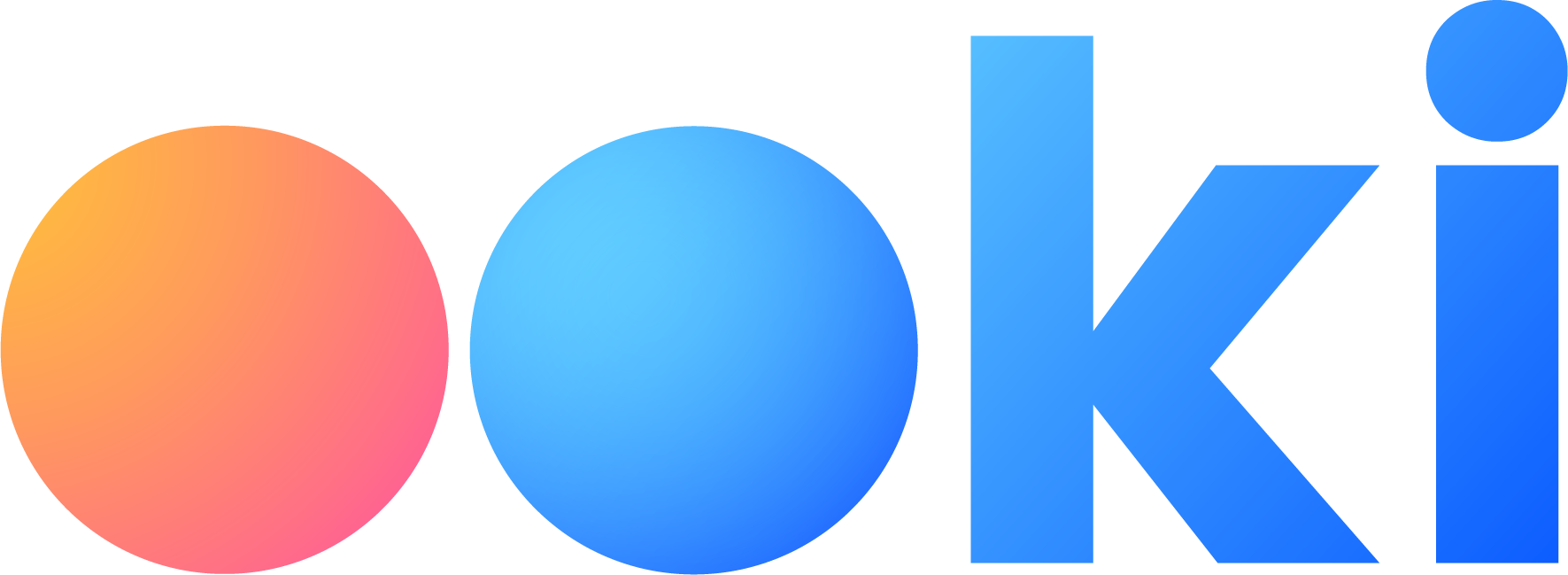What is Technical Analysis?
Technical Analysis (TA) is a market analysis strategy that can be used in order to assist traders in identify potential trading opportunities. A trader utilizing TA strategies will typically analyze statistical trends gathered from historical asset prices.
Chart Indicators
Chart indicators are a specific subset of TA used for performing market analysis. Chart indicators can be applied to price charts and provide traders with additional data used to make trading decisions.
There are thousands of chart indicators available which use a variety of data in order to give traders insights into future price movements. The Ookiversity chart indicator series will focus on some of the more popular indicators.
In this week's article we are focusing on Stochastic Oscillator.
Stochastic Oscillator
The Stochastic Oscillator is a momentum indicator developed by George C. Lane in the late 1950s. It compares a particular closing price of an asset to a range of its prices over a certain period. This indicator aims to predict price turning points by comparing the closing price to its price range.
On trading charts, the Stochastic Oscillator is presented as two lines. The main line, called "%K," (yellow) shows the current market rate for the asset. The second line, "%D," (red) is a moving average of %K. These lines oscillate between a scale of 0 to 100, with designated levels marking oversold and overbought territories, typically set at 20 and 80, respectively.
The core idea behind the Stochastic Oscillator is that in an uptrending market, prices tend to close near their high, and during a downtrend, prices close near their low. Traders monitor the crossover of these lines to identify potential reversal points in the market.

How to Use Stochastic Oscillator in Trading Strategies
Integrating the Stochastic Oscillator into trading strategies provides a nuanced understanding of market momentum and potential reversal points. Here's a guide to applying it effectively:
- Identifying Overbought and Oversold Conditions: The primary use of the Stochastic Oscillator is to identify overbought and oversold conditions. An asset is typically considered overbought when the Stochastic lines are above 80 and oversold when below 20. These conditions suggest a potential reversal in the market.
- Crossover Signals: Traders pay close attention to the crossover of the %K and %D lines. A bullish signal is generated when the %K line crosses above the %D line, especially in oversold conditions. Conversely, a bearish signal is indicated when the %K line crosses below the %D line in overbought conditions.
- Divergence: Another important signal is divergence. If the price of an asset makes a new high or low, but the Stochastic Oscillator does not, it indicates a weakening of the current trend and potential reversal.
- Consistency with Trend: While the Stochastic Oscillator can signal potential reversal points, it is most reliable when its signals align with the overall trend. For instance, in an uptrend, traders might give more weight to oversold conditions and bullish crossover signals.
In conclusion, the Stochastic Oscillator is a versatile tool that can play a crucial role in a trader’s strategy, particularly in identifying market momentum and potential reversal points. Its effectiveness increases when combined with other indicators and analysis techniques, accommodating a comprehensive approach to market analysis.
Use the Ookiversity to learn more about indicators and trading tools.
About Ooki
Ooki is a protocol for margin trading, borrowing, lending and staking enabling the building of Decentralized Applications for lenders, borrowers, and traders to interact with the most flexible decentralized finance protocol on multiple blockchains. Ooki is a fully decentralized, community-run DAO, governed by the community vote for all major changes to the protocol. Ooki users can engage in margin trading with up to 15x leverage using a fully decentralized trading platform.






